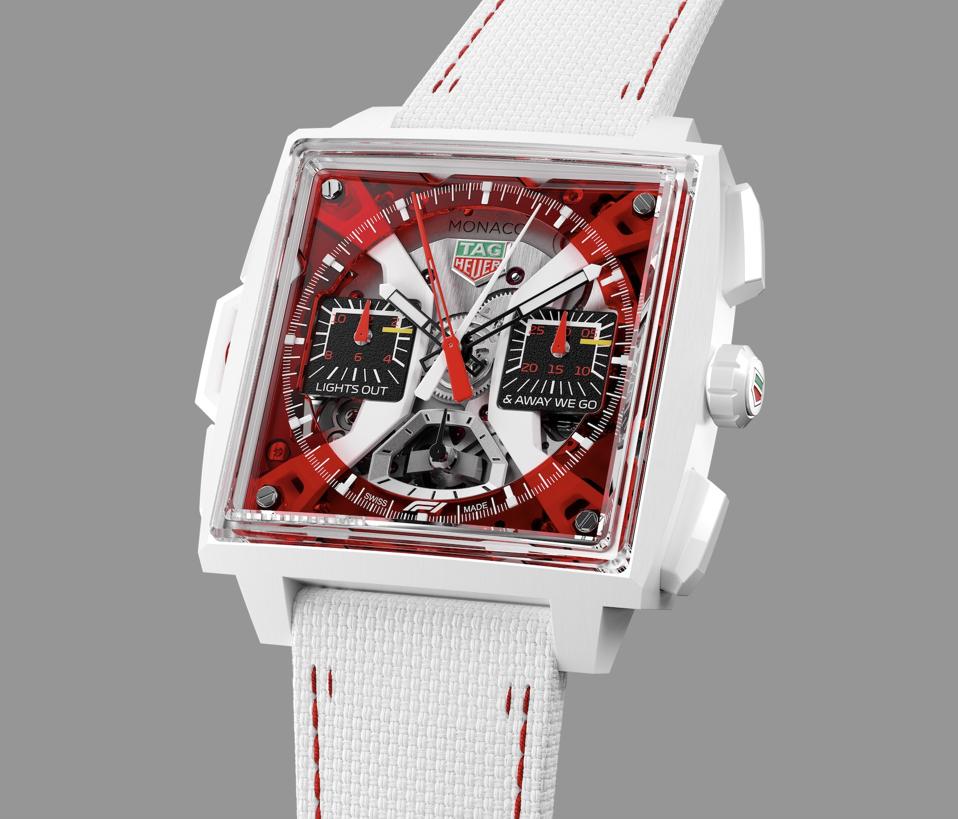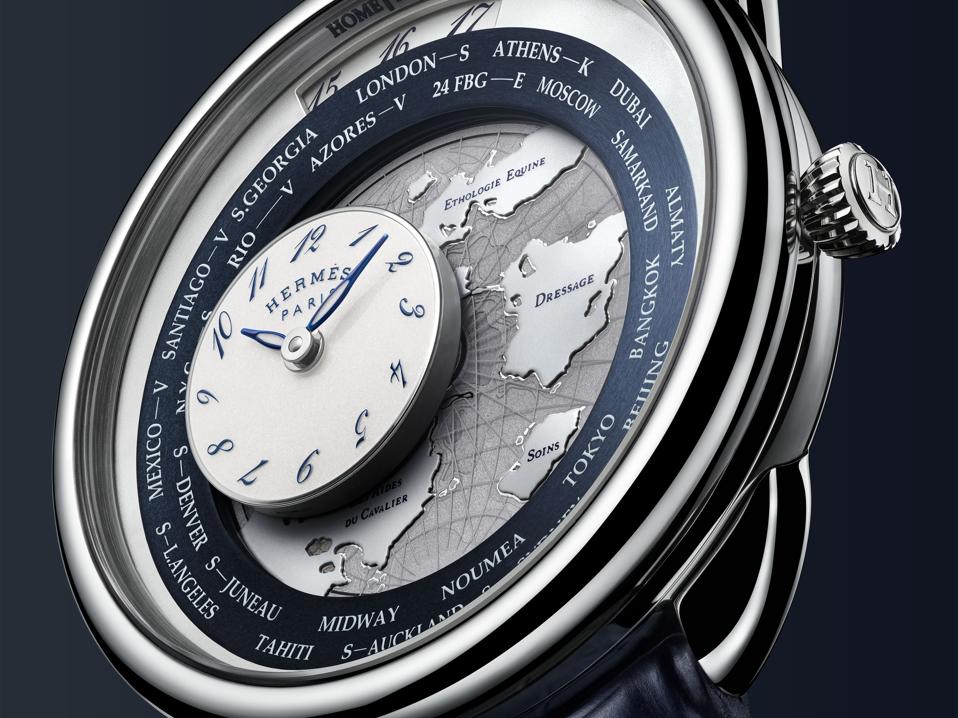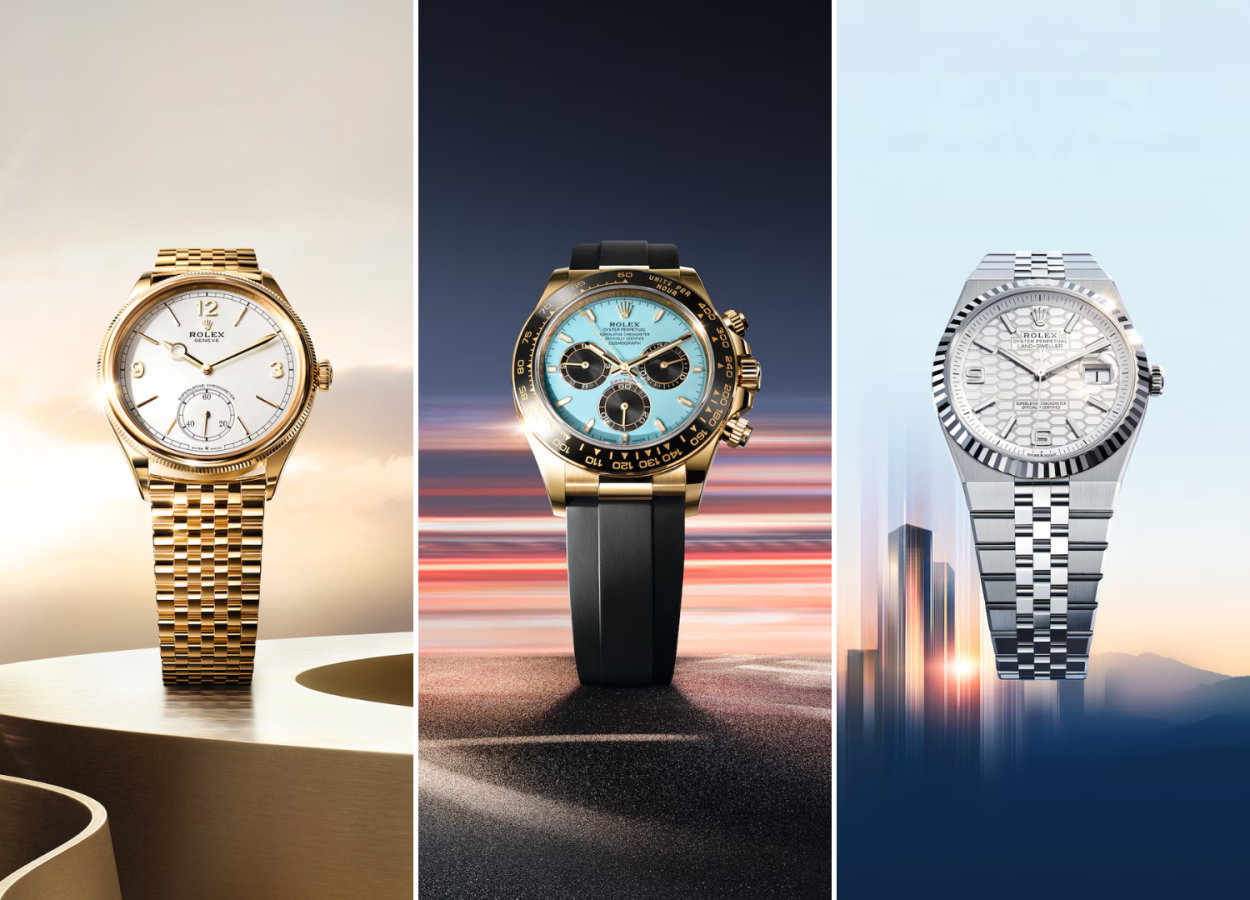Hurtigruten Norway sent the liquid down on purpose for a six-month-long experiment in underwater ageing.

Hurtigruten Norway & Rathfinny Wine Estate have raised 1,700 bottles from a top-secret location in Northern Norway after six months of being submerged, marking the world’s northernmost, underwater wine cellar
Earlier this month 1,700 bottles of sparkling wine was recovered from an undisclosed location off the coast of northern Norway. As you may know by now, sunken booze lifted from shipwrecks can cause quite the stir (in the case of scotch whisky, they even made an entire movie about it).
Within the champagne category several notable examples include a 170-year-old shipwreck off the coast of Finland, as well as a store found within a German U-boat downed during World War I.
But this recent bounty of bubbly from Scandinavia wasn’t salvaged from some scuttled ship. In fact, it was actually sent to the bottom of the sea on purpose. Why would someone do such a thing? In the name of science, of course—and celebration.
The experiment marks a collaboration between Hurtigruten Norway and Rathfinny Wine Estate out of Sussex, England. In honor of the adventure cruise liner’s 130th Anniversary, it partnered with the vineyard and sought out to create the world’s northernmost wine cellar in a project codenamed ‘Havets Bobler’, or Bubbles from the Sea.
The bottles were sealed in a special wax fitting and sent to a depth of just over 100 feet for six months worth of aging. Water temperatures here, near the Arctic Circle, regularly approach zero degrees centigrade. In order to make sure that what they pulled back up was worth the effort, Hurtigruten enlisted Nikolai Haram Svorte—Norway’s top-rated sommelier—to test it out.

Specially sealed bottles of sparkling wine, retrieved after six months of Arctic water aging.
Hurtigruten
On May 12th, near the bucolic coastal village of Sandnessjøen, the wine expert boarded a cruise ship as it retrieved the world’s first Arctic Ocean-aged sparkling wine. Haram Svorte sabered the bottle before a curious crowd of onlookers.
“This is the start of something truly exciting, and I’m really impressed,” he exclaimed after becoming one of the first to sip the liquid. “I would have expected to taste a rounder mouthfeel and softer bubbles, but to my surprise, the wine has retained more freshness than I anticipated! From the refreshing citrus tones to a mineral salty finish, like an oyster, it’s clear to me that this hugely intriguing experiment has revealed a unique setting to store and age.”
In other words, the project was a success. And the fact that Hurtigruten is already looking to submerge more liquids, for even longer periods of time, is a testament to such. “I can’t wait to see what the future holds for Havets Bobler,” adds Haram Svorte.
If you’re curious to see what underwater wine tastes like, you needn’t be Norway’s top-rated sommelier. You just need to book passage on a Hurtigruten voyage to this part of the world. “In the coming months, we’ll be serving the ‘Havets Bobler’ bottles as part of our dining experiences across our whole Coastal Express fleet,” promises Tani Gurra, director of beverages for Hurtigruten Norway. “Following our first conversations with Rathfinny in 2021, we fully believed these unique Arctic conditions could help create something special but ultimately it was all speculation.
Until now…As we like to say with anything salvaged from the deep: “Bottoms up!”
This story was first published on forbes.com and all figures are in USD.
Forbes Australia issue no.4 is out now. Tap here to secure your copy or become a member here.
Look back on the week that was with hand-picked articles from Australia and around the world. Sign up to the Forbes Australia newsletter here.


